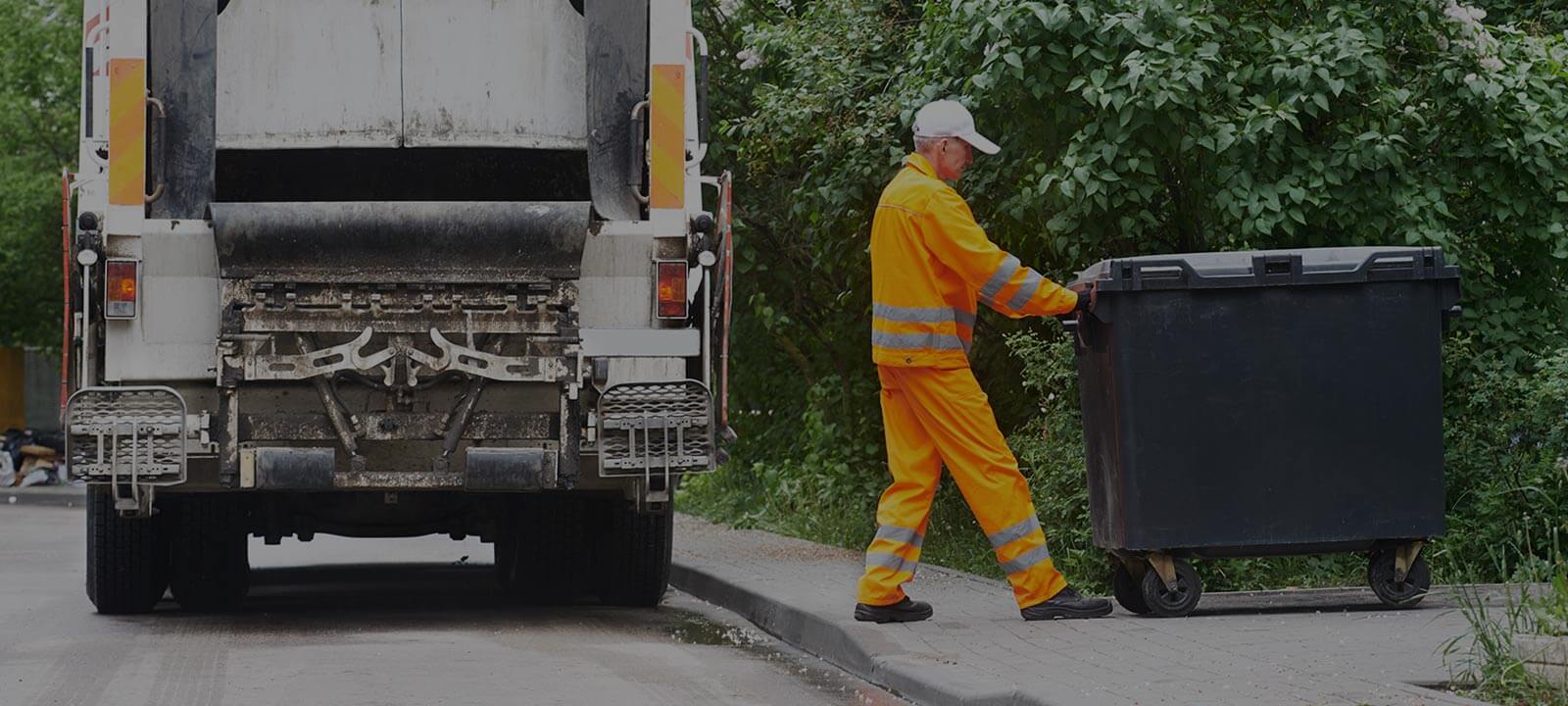Disposal Tips for Construction Waste
Posted on 26/06/2025
Construction projects, whether small-scale renovations or large-scale builds, always generate significant amounts of waste. Proper disposal of construction waste is crucial for numerous reasons: it's essential for environmental protection, it ensures safety on-site, and it helps to comply with legal and regulatory requirements. This article delves into the effective ways to manage and dispose of construction waste responsibly.
Understanding Construction Waste
Construction waste comprises various materials most commonly categorized as either inert or active. Inert waste includes materials such as concrete, bricks, and other demolition debris, while active waste comprises substances like paint, adhesives, and solvents which could be hazardous if not handled correctly. Identifying the types of waste generated is the first step in ensuring effective disposal.

Planning for Waste Management
A significant portion of effective waste disposal begins with thorough planning. A comprehensive waste management plan (WMP) is essential for any construction project. Here's how you can implement an effective WMP:
- Identify Potential Waste: Before starting your project, identify all materials that will be used and estimate the amount of waste to be generated.
- Reuse and Recycle: Wherever possible, look for opportunities to reuse or recycle materials to minimize waste.
- Appoint a Waste Manager: Designate a person responsible for overseeing waste management and ensuring adherence to the WMP.
- Documentation: Keep detailed records of all waste types, quantities, and disposal methods used throughout the project.
Reducing Construction Waste
Minimizing waste from the outset should be a key focus. Some effective strategies include:
- Procuring Efficiently: Order materials in quantities that match the needs of your project to avoid excess.
- Designing for Minimal Waste: Wherever feasible, design projects that utilize standard material dimensions to minimize offcuts.
- On-Site Sorting: Sort waste materials on-site to streamline recycling and disposal efforts.
Recycling Construction Waste
Recycling is a vital component of construction waste management. Common recyclable materials include metal, wood, concrete, and asphalt. Here are some recycling tips:
- Segregate Materials: Segregate recyclables from non-recyclables at the source to aid in the recycling process.
- Find Local Recyclers: Identify local facilities that accept construction waste and understand their requirements for material preparation.
- Reuse On-Site: Whenever feasible, crush concrete and asphalt for reuse onsite as aggregate.
- Donate Unused Materials: Unused materials like wood, bricks, and fixtures can often be donated to charities or organizations such as Habitat for Humanity.
Disposing of Hazardous Waste
Hazardous waste, such as asbestos, lead-based paints, and certain solvents, requires special handling and disposal. Here's how to manage hazardous construction waste:
- Identify Hazardous Materials: Clearly identify and document any hazardous materials used in your project.
- Follow Regulations: Strictly adhere to local, state, and federal regulations for hazardous waste disposal.
- Hire Licensed Contractors: For certain types of hazardous waste, hiring specialists for removal and disposal might be necessary.
- Proper Containment: Store hazardous waste in appropriate containers that are clearly labeled.
Landfilling Construction Waste
When recycling or hazardous waste disposal options are not feasible, landfilling might be the only option. To responsibly landfill construction waste:
- Use Authorized Landfills: Only use authorized construction and demolition (C&D) landfills that comply with environmental regulations.
- Minimize Landfill Waste: Make landfilling a last-resort option by maximizing reuse, recycling, and reduction strategies.
- Conduct Audits: Regularly audit landfill usage to identify opportunities for diverting waste from landfills.
Creating a Culture of Waste Management
To ensure that construction waste management principles are consistently applied, it's important to foster a culture of awareness and responsibility:
- Training and Education: Provide regular training and educational sessions for all team members on best practices for waste reduction and disposal.
- Setting Targets: Set measurable waste reduction targets and recognize teams that meet or exceed these goals.
- Continuous Improvement: Regularly review and update waste management strategies to continuously improve efficiency.
Benefits of Proper Construction Waste Disposal
Properly managing construction waste offers several significant benefits:
- Environmental Protection: Reduces the impact on landfills and lowers the carbon footprint of construction projects.
- Cost Savings: Efficient waste disposal can result in cost savings through reduced materials usage and lower disposal fees.
- Regulatory Compliance: Ensures compliance with local, state, and federal waste management regulations.
- Enhanced Reputation: Demonstrates environmental responsibility, which can enhance a company's reputation and appeal to environmentally-conscious clients.

Innovative Waste Management Technologies
The future of construction waste management is likely to be shaped by technological advancements. Some innovative trends to watch include:
- Smart Sorting Systems: Advanced sorting technologies using AI and robotics to efficiently segregate waste materials on site.
- Material Tracking Software: Use of software to track material usage and waste generation, helping to pinpoint areas for improvement.
- 3D Printed Recycled Materials: Use of 3D printing technology to create new materials from recycled construction waste.
Conclusion
Effective management and disposal of construction waste are not just regulatory requirements but essential practices for sustainable construction. By planning ahead, reducing waste generation, maximizing recycling, handling hazardous materials safely, and fostering a culture of responsible waste management, construction projects can significantly minimize their environmental impact and improve overall efficiency. Adopting innovative technologies and continuously seeking improvement further contributes to a sustainable construction industry.






